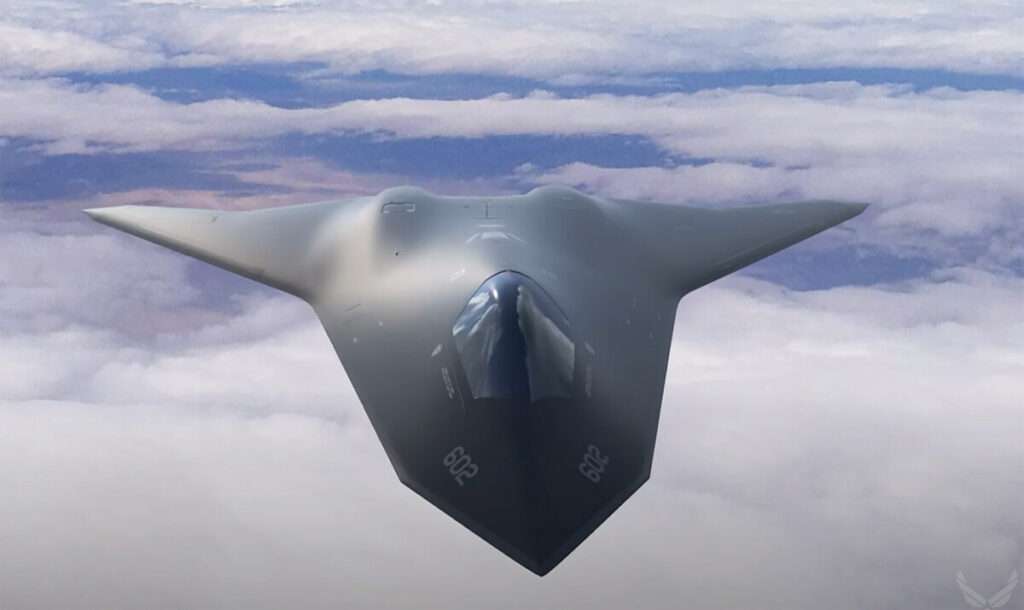Pratt & Whitney has completed a critical assessment of its Next-Generation Adaptive Propulsion (NGAP) offering with the U.S. Air Force, moving the program closer to completing its detailed design review.
The team is now working towards ground testing of its NGAP prototype, referred to as XA103, which is expected to occur in the late 2020s.
“We are embracing digital transformation with NGAP and changing the customer experience through the entire development process in order to rapidly and efficiently deliver these advanced adaptive engines,” said Jill Albertelli, president of Pratt & Whitney’s Military Engines business.
The Significance of NGAP
NGAP, or Next Generation Adaptive Propulsion, represents a paradigm shift in aerospace propulsion technology.
It goes beyond traditional engines, offering a comprehensive solution aimed at enhancing performance and maintaining air superiority.
According to Albertelli, “This technology is critical to maintaining air superiority,” highlighting the pivotal role NGAP plays in ensuring the supremacy of aerial operations.
[monsterinsights_popular_posts_inline]

Pratt & Whitney: Research and Development
Pratt & Whitney’s commitment to innovation is underscored by substantial investments in research and development (R&D) and advanced manufacturing.
These investments are not merely financial but also a testament to the company’s dedication to pushing the boundaries of technological advancement.
By prioritizing R&D, Pratt & Whitney aims to stay ahead of the curve, delivering cutting-edge solutions that meet the evolving needs of the aerospace industry.
Sixth-Gen Propulsion Development
The importance of continued government funding for sixth-generation propulsion development cannot be overstated.
As Albertelli emphasizes, it must remain a high priority to support critical platform milestones and warfighter readiness.
Government support is instrumental in facilitating the advancement of NGAP technologies, ensuring their swift integration into military aircraft and bolstering national defense capabilities.
Enabling Future Air Dominance
At the heart of NGAP lies its ability to enhance performance, a capability crucial for enabling future air dominance.
By leveraging advanced technologies, NGAP engines empower aircraft with superior capabilities, ranging from enhanced survivability to improved fuel efficiency.
These advancements are pivotal in ensuring that the U.S. Air Force maintains its edge in an increasingly competitive global landscape.
Advanced Survivability and Fuel Efficiency
NGAP technologies promise advanced survivability, fuel efficiency, and robust power and thermal management.
These features are indispensable for future air dominance platforms, enabling them to operate effectively across a diverse range of missions.
By optimizing fuel consumption and enhancing thermal management, NGAP engines ensure that aircraft can operate efficiently in varied environments, from combat zones to long-range strategic missions.
Meeting Evolving Operational Needs
The versatility of NGAP extends beyond performance enhancements; it encompasses a holistic approach to meeting evolving operational needs.
From extended range capabilities to enhanced sensor capability, NGAP-equipped aircraft are poised to excel in diverse mission scenarios.
Pratt & Whitney’s pursuit of innovation ensures that NGAP technologies will evolve in tandem with operational requirements, providing military forces with a decisive edge on the battlefield.

Click the banner to subscribe to our weekly newsleter.

Click the photo to join our WhatsApp channel so then you can stay up to date with everything going on in the aviation industry!









